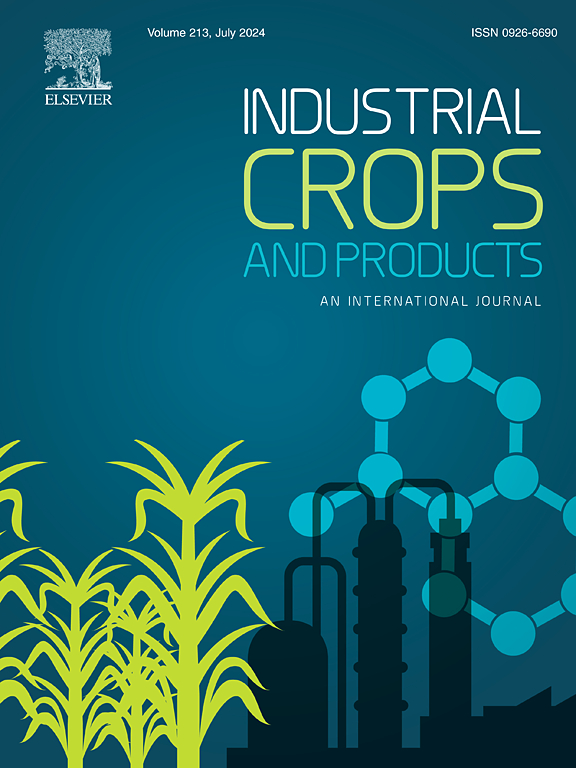Photosynthetic mechanism of cotton under fluctuating light field planted with different densities
IF 5.6
1区 农林科学
Q1 AGRICULTURAL ENGINEERING
引用次数: 0
Abstract
Leaves, especially in the lower canopy, experience a complex and variable light condition that determines photosynthesis and biomass accumulation. However, the photosynthetic mechanism under fluctuating light filed remains controversial. We investigated leaf morphology, stomatal anatomy, gas exchange, chlorophyll fluorescence, proteomics, biomass, and yield in one field experiment (three plant densities of cotton) and two simulation experiments (light fluctuation frequency and intensity). Field experiment indicated that higher plant density significantly reduced light intensity but increased the frequency of light fluctuation in lower canopy, and this exerted a detrimental effect on leaf photosynthesis, biomass accumulation and yield. The simulation experiments revealed that increase in light intensity led to higher photosynthetic rate (AN) and biomass supported by enhancing leaf area, chlorophyll content, maximum photochemical efficiency, and stomatal conductance and density. Under the same light intensity, higher frequency of light fluctuation had no impact on AN and biomass owing to consistent trait variations regarding light harvesting and conversion, and carbon gain. Proteomic data also demonstrated that photosynthetic capacity was mainly determined by light intensity under fluctuating light field. Consequently, this study emphasizes an appropriate improvement of light intensity plays a crucial role in enhancing photosynthetic productivity and cotton yield under fluctuating light field planted with different densities.

求助全文
约1分钟内获得全文
求助全文
来源期刊

Industrial Crops and Products
农林科学-农业工程
CiteScore
9.50
自引率
8.50%
发文量
1518
审稿时长
43 days
期刊介绍:
Industrial Crops and Products is an International Journal publishing academic and industrial research on industrial (defined as non-food/non-feed) crops and products. Papers concern both crop-oriented and bio-based materials from crops-oriented research, and should be of interest to an international audience, hypothesis driven, and where comparisons are made statistics performed.
 求助内容:
求助内容: 应助结果提醒方式:
应助结果提醒方式:


